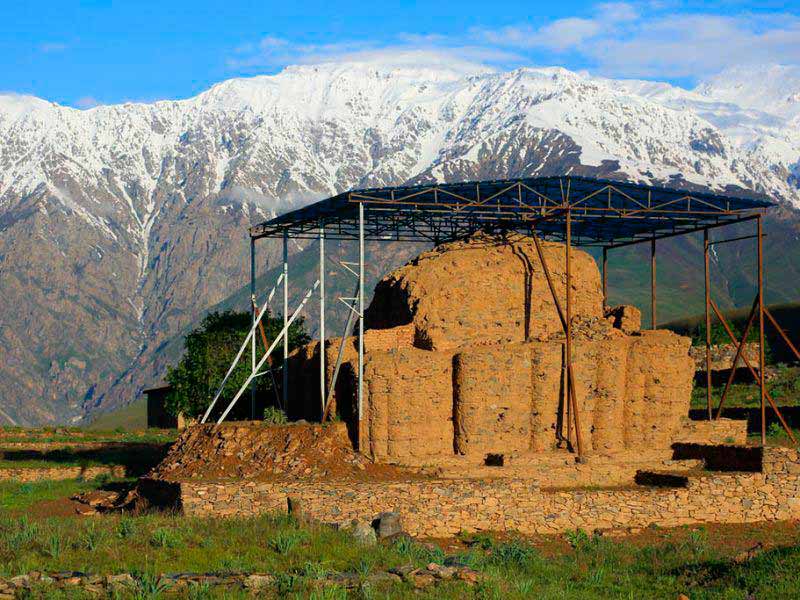Karon in translation from the middle Persian language Pahlavi means ” a place located at a height.” It is located in the East of the country, in the Gorno-Badakhshan Autonomous region at an altitude of about 2 thousand meters above sea level.
Caron ceased to exist in the XV century. It is assumed that, this is due to two reasons. First, water resources could be depleted when the surrounding mountains were completely cut down for iron smelting. Secondly, it is possible that Karon residents were offered more favorable living conditions in the valley closer to the Panj river.
Archaeologists began excavations with a cultural layer Dating back to the Tenth century. While they explore the upper part of the administrative premises. Here, as scientists believe, were located administrative buildings, which housed the ruler and worked his office. But the most interesting they expect to see in residential areas and in the lower cultural layers.
The buildings were built of brick, which was fired in furnaces at the workshops located here. Other building materials, such as slate, were brought from other places on loaded animals.
During the excavations were found fragments of wall paintings of the interior. Scientists were surprised by the juiciness of colors, the technique of making natural dyes, now apparently already lost. The colors have retained their brightness to this day, more than 500 years after the manufacture.
The Central part of the city was occupied by a square where people’s meetings were held. In the center of the square was a stone stand for sacred books, which were also objects of veneration. Books in the Middle ages were copied by hand on parchment made of calfskin. Only wealthy people could buy or order books.
Until the Tenth century, Zoroastrianism was professed in Karon, as evidenced by the altar of Otashkada, preserved in the settlement. Translated from the Persian “Atascado” means “House of fire”. Scientists also found during the excavation of dakhma – crypts in which were stored the remains of the deceased. Islamization of Karon occurred in the XII-XIII centuries, although the remains of local cults have survived in the Pamirs longer than in other regions of Central Asia.
The city operated a water supply and drainage system to drain water. For them the work of the local craftsmen produced a clay pipe.

